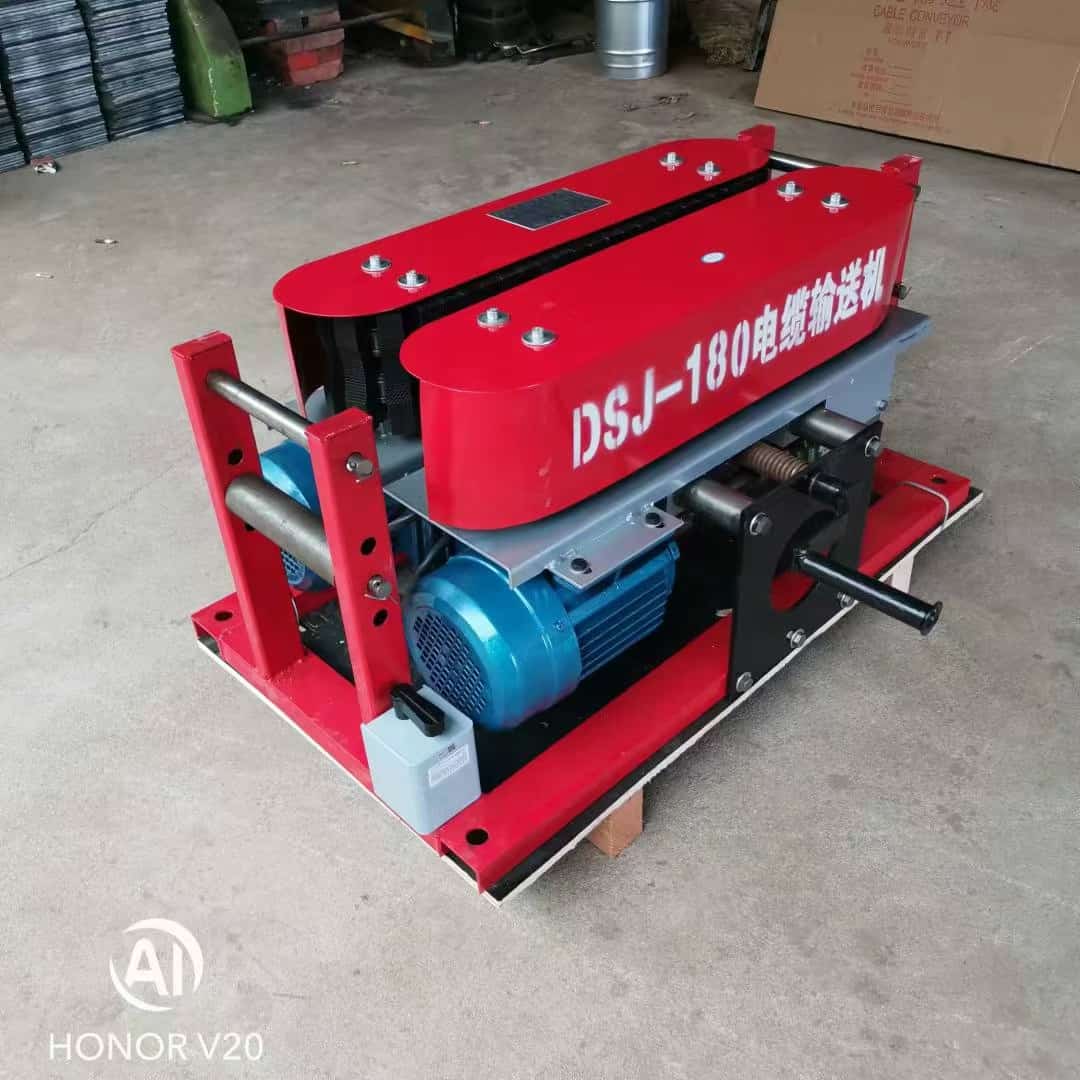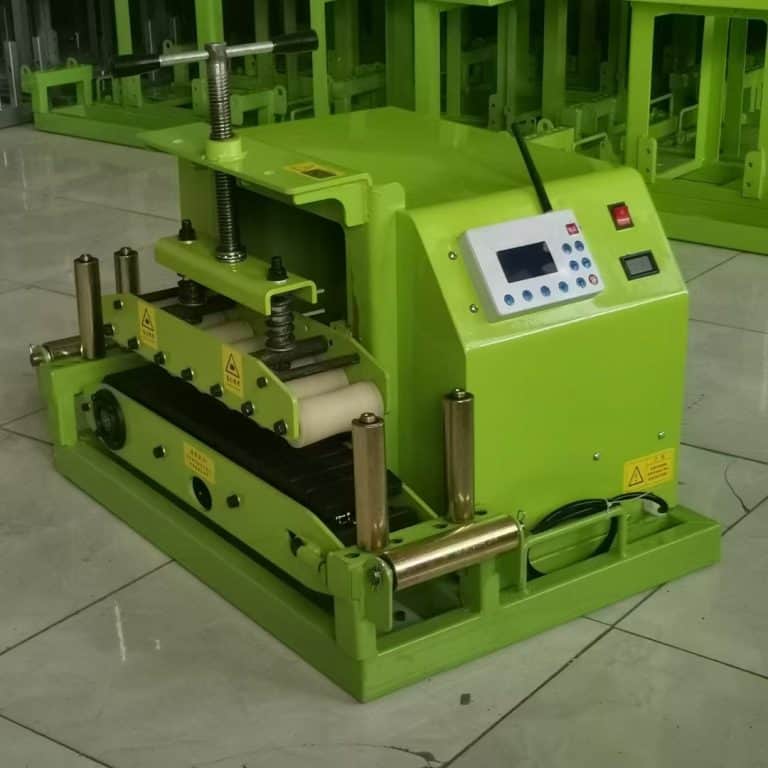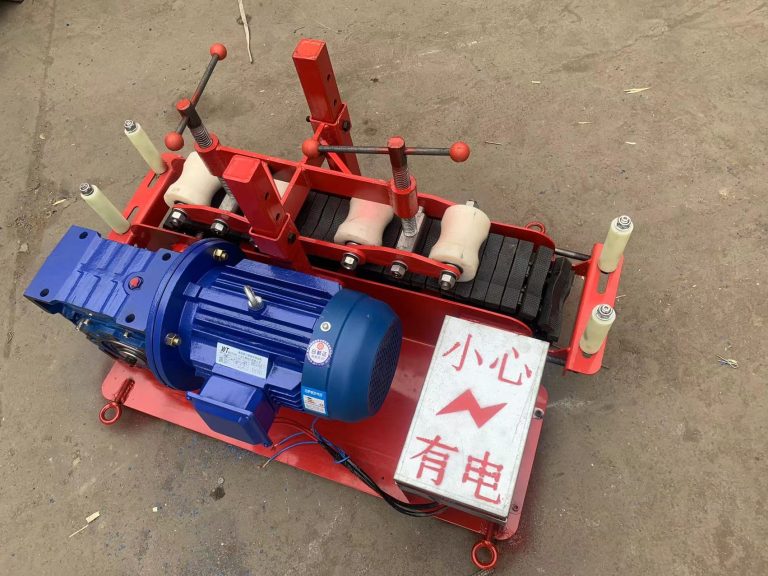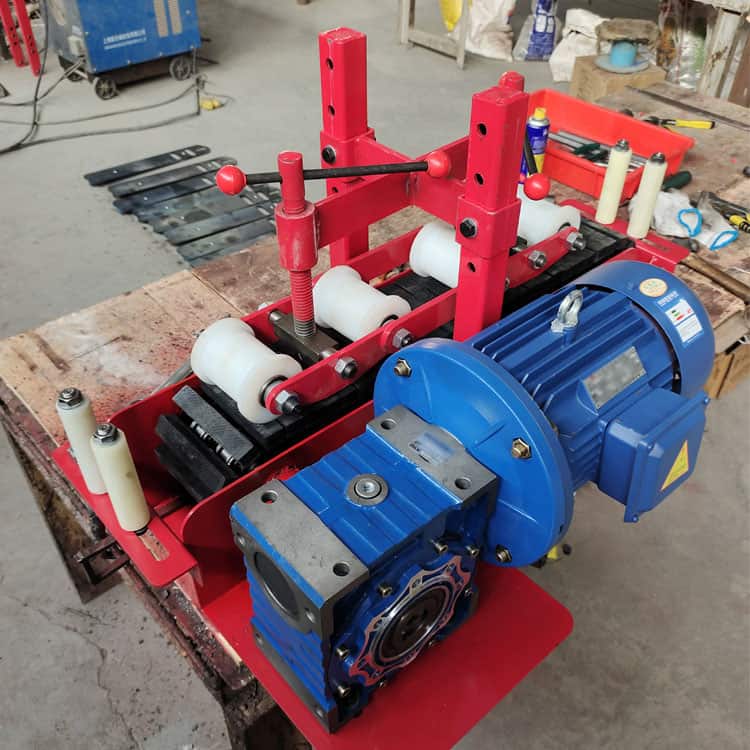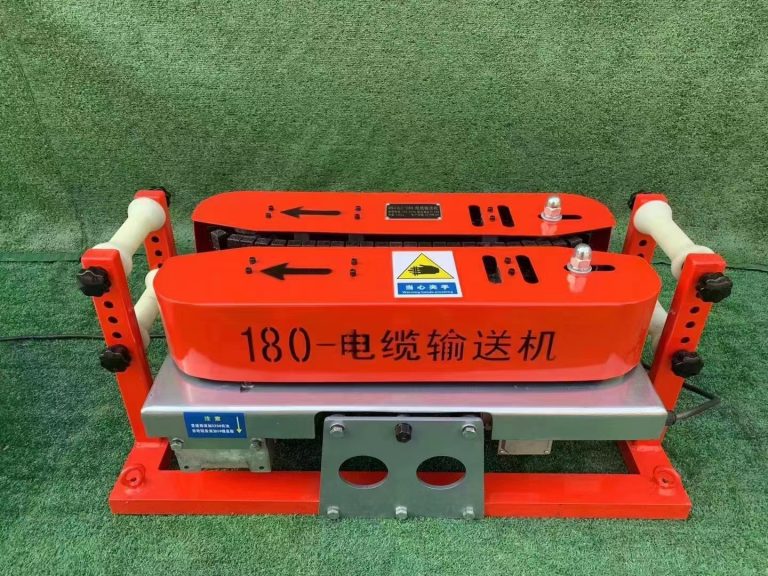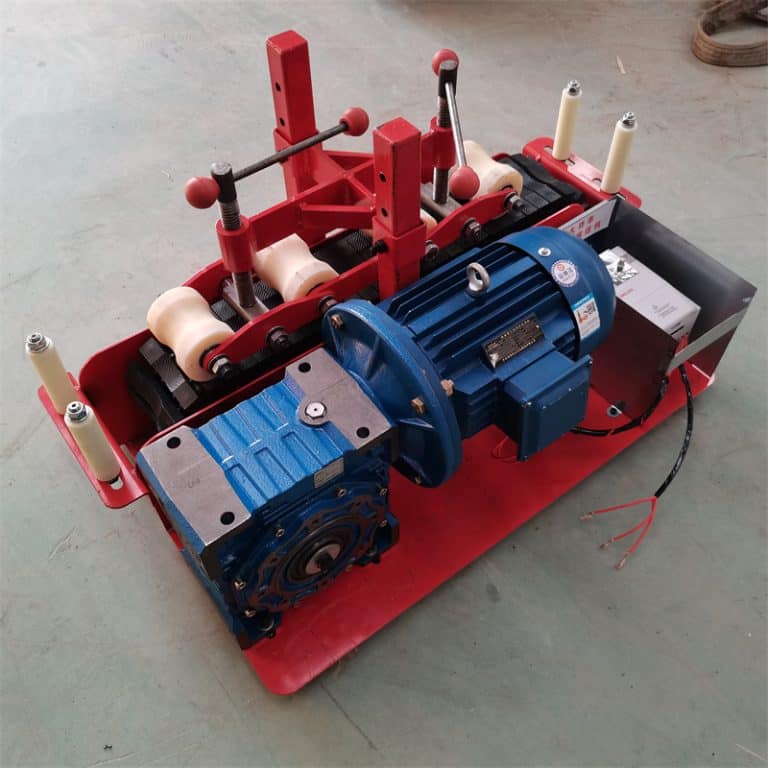Cable Pusher: A Valuable Tool for Cable Installation
Cable installation is a critical aspect of many industries, including telecommunications, power transmission, and construction….
Cable installation is a critical aspect of many industries, including telecommunications, power transmission, and construction. To install cables effectively and efficiently, specialized tools and equipment are required, and one such tool is the cable pusher. A cable pusher is a device used to push or pull cables through pipes, conduits, or ducts. In this blog, we will discuss what cable pushers are, their types, and their benefits.
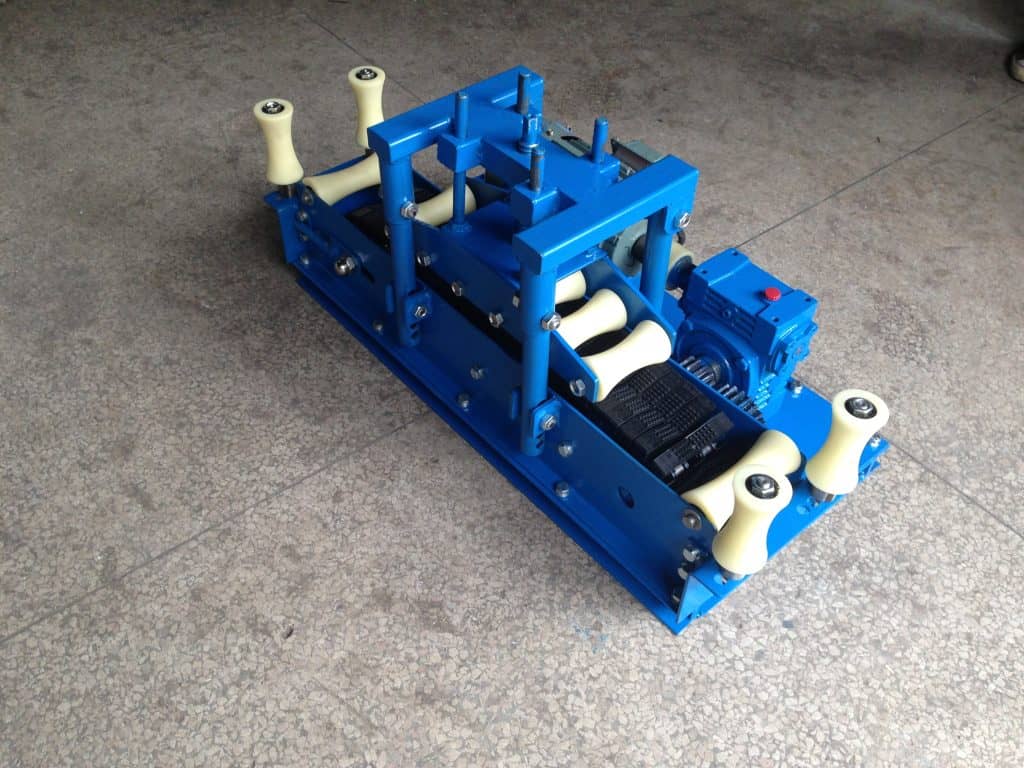
What Are Cable Pushers?
A cable pusher is a tool that helps install cables in confined spaces, such as underground pipes or overhead ducts. It is used to push or pull cables through these spaces without requiring manual labor. The cable pusher consists of a motor or engine, a cable-pushing mechanism, and a control system. The cable-pushing mechanism typically comprises a series of rollers or wheels that grip the cable and push it forward or backward. The control system is used to regulate the speed and direction of the cable pusher.
Types of Cable Pushers
There are two types of cable pushers: manual and powered.
Manual cable pushers are designed to be operated by hand. They are ideal for small-scale cable installation projects, such as residential wiring. Manual cable pushers are simple, portable, and easy to use. They are also less expensive than powered cable pushers.
Powered cable pushers, on the other hand, are designed to be operated by a motor or engine. They are ideal for larger-scale cable installation projects, such as those in the telecommunications or power transmission industries. Powered cable pushers are more expensive than manual cable pushers, but they are more efficient and can handle larger cables.
Benefits of Cable Pushers
Using a cable pusher provides several benefits, including:
- Increased Efficiency: Cable pushers can help reduce the amount of manual labor required for cable installation. They can push or pull cables through tight spaces much faster than manual laborers can. This increases the efficiency of the installation process, reduces labor costs, and improves productivity.
- Increased Safety: Cable pushers can help reduce the risk of injury to workers. Manual laborers who are required to push or pull cables through tight spaces are at risk of developing musculoskeletal disorders. Using a cable pusher reduces the need for manual labor, thus reducing the risk of injury.
- Versatility: Cable pushers come in a variety of sizes and designs to accommodate different types and sizes of cables as well as different installation environments. Some cable pushers are portable and handheld, while others are mounted on trucks or trailers for larger-scale installation projects.
- Cost-Effective: Cable pushers are cost-effective in the long run. Although they may require a significant upfront investment, they can pay for themselves over time by reducing labor costs and improving productivity.
Conclusion
Cable pushers are a must-have tool for cable installation in various industries. They provide several benefits, including increased efficiency, increased safety, versatility, and cost-effectiveness. There are two types of cable pushers: manual and powered, each designed for different types of cable installation projects. When selecting a cable pusher, it is essential to consider the type and size of cables to be installed, the installation environment, and the project’s scale. With the right cable pusher, cable installation can be done quickly, efficiently, and safely.
ofc cable blowing machine, fiber blowing machine price, ofc blowing machine, fiber optic blowing machine, fiber cable pulling machine, cable jet blowing machine, tornado fibre blowing machine for sale, air blown fiber machine, fiber blowing machine for sale, cbs blowing machine.

